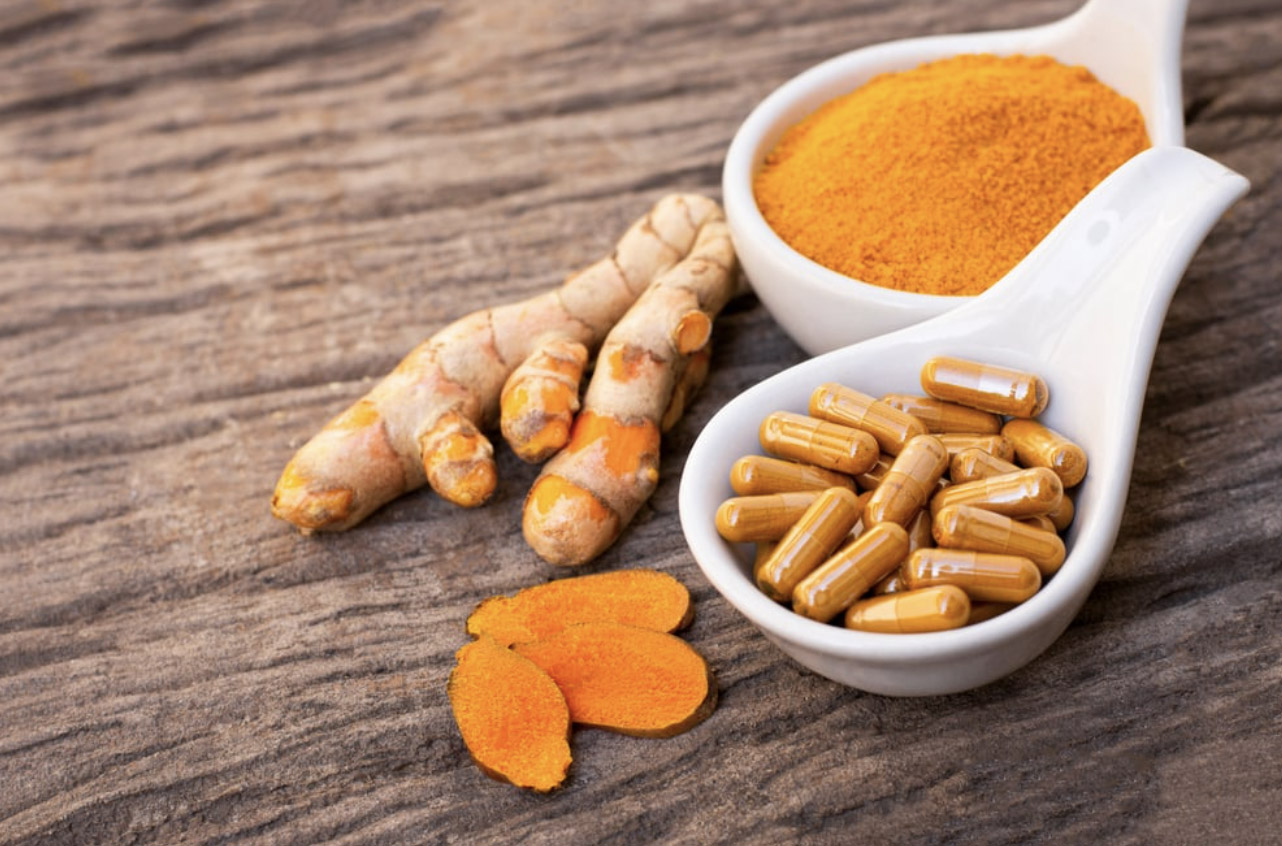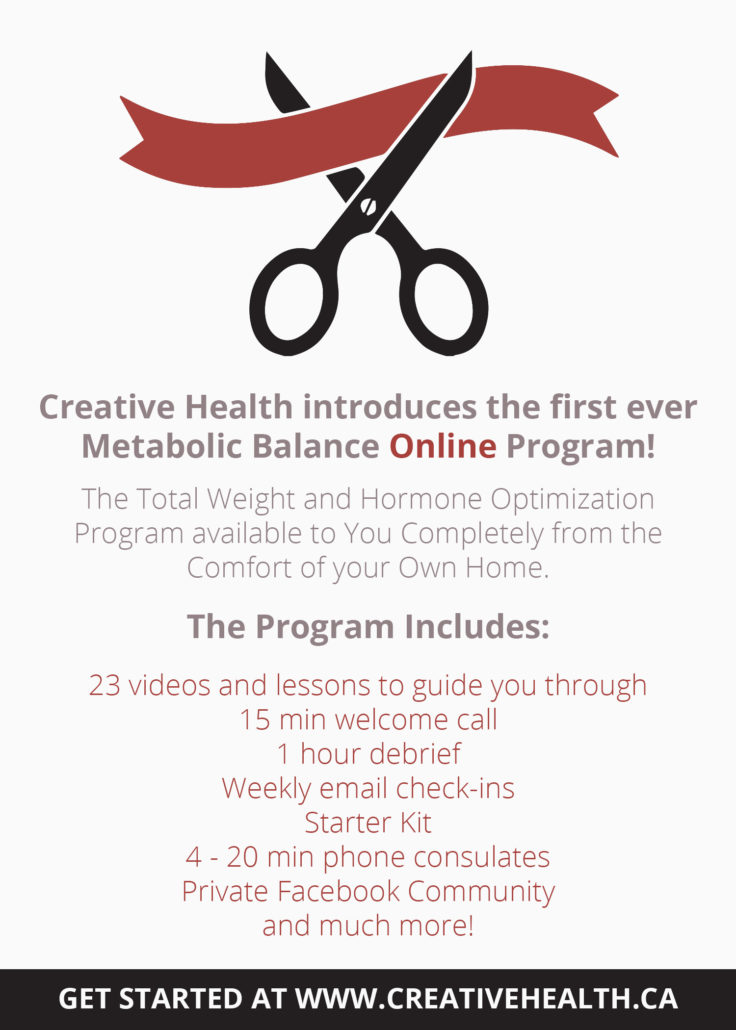I want to share with you a deep dive into the world of inflammation, and I’m here to share with you the fantastic five foods that can help keep those inflammatory fires at bay with some science-backed, delicious, and fun ways to optimize your health.
Inflammation: The Culprit Behind Many Woes
Before we jump into the fabulous five, let’s quickly discuss why we should care about inflammation. Inflammation is a double-edged sword – it’s a necessary immune response to protect your body, but when it becomes chronic, it can lead to various health issues like heart disease, cancer, and autoimmune disorders.
Inflammation is a natural defence mechanism our bodies use to protect us from threats like infections and injuries. However, when inflammation becomes chronic, it can be a major health hazard. It’s like having your fire alarm blaring 24/7 – eventually, you’ll be exhausted, and your home will be in ruins. Managing inflammation is like turning off that alarm and maintaining a peaceful, well-functioning household within your body.
Chronic inflammation is linked to a laundry list of health issues, including heart disease, cancer, autoimmune disorders, and even mental health conditions like depression. It’s the common thread weaving through many of our modern health woes. By taking proactive steps to manage inflammation, we can reduce our risk of these serious diseases and live a more vibrant and energetic life.
You might not always feel inflammation, but it’s like a silent ninja wreaking havoc in your body. Over time, it can damage your tissues and organs, leading to pain, discomfort, and reduced quality of life. By addressing inflammation, you can prevent these stealthy attacks and enjoy a more pain-free existence.
Inflammation can also age us prematurely. Think of it as fast-forwarding the aging process, causing wrinkles, reduced mobility, and other signs of getting older before our time. By managing inflammation, you’re essentially hitting the “pause” button on the aging remote control.
Finally, good inflammation management contributes to overall well-being. You’ll have more energy, better mental clarity, and increased resilience against life’s challenges. Think of it as maintaining your body’s harmony – like tuning up a fine-tuned engine for peak performance. It’s not just about surviving; it’s about thriving and living your best, inflammation-free life.
So, what can we do about it? Eat your way to a healthier, less inflamed you!
Turmeric: The Golden Spice of Life
Let’s start with an absolute superstar in the anti-inflammatory world – turmeric. The active compound in turmeric, curcumin, is a potent anti-inflammatory agent. Studies show that curcumin can help reduce inflammation by blocking molecules that trigger it. And the best part? It’s incredibly versatile! Sprinkle it on your favourite dishes, brew some golden milk, or even take it as a supplement. Spice up your life and beat inflammation while you’re at it!

Berries: Nature’s Sweet Anti-Inflammatory Treat
Who doesn’t love the sweet and vibrant colors of berries? These little powerhouses are packed with antioxidants that combat inflammation. Blueberries, in particular, are bursting with anthocyanins that can help reduce inflammation and oxidative stress. Add them to your morning yogurt, oatmeal, or just munch on them as a tasty snack – your taste buds and your body will thank you.
Fatty Fish: Swim Your Way to Reduced Inflammation
Oily fish like salmon, mackerel, and sardines are not only delicious but also rich in omega-3 fatty acids. Omega-3s are well-known for their anti-inflammatory properties. They can help balance the body’s inflammatory response, keeping those pesky inflammatory pathways in check. So, go ahead and enjoy a mouthwatering salmon filet or a hearty tuna salad for a double-win – satisfying your taste buds and reducing inflammation. As a bonus, Omega-3’s have also been found to help you maintain your muscle mass as you age. Here’s a great study showing the science behind that!
Leafy Greens: Go Green to Stay Lean (and Inflammation-Free)
Dark, leafy greens like spinach, kale, and collard greens are nutritional powerhouses. They’re brimming with vitamins, minerals, and antioxidants that fight inflammation. The secret weapon here is their high vitamin K content, which can help regulate inflammation in the body. Whether you’re making a refreshing salad or blending up a green smoothie, leafy greens should be a staple in your anti-inflammatory diet.
Nuts and Seeds: A Crunchy Way to Soothe Inflammation
Nuts and seeds offer a satisfying crunch and are packed with healthy fats, fiber, and inflammation-fighting compounds. Almonds, walnuts, and flaxseeds are particularly noteworthy. They contain alpha-linolenic acid, which can help reduce inflammation. So, grab a handful of mixed nuts or sprinkle some seeds on your yogurt – they make for a convenient and nutritious snack that keeps inflammation in check.
Conclusion
Incorporating these fabulous five foods into your daily diet can be your delicious path to a less inflamed, healthier, and happier life. Remember, the key is consistency. These foods work best as part of a well-balanced diet that’s rich in a variety of nutrients. Stay curious, keep experimenting in the kitchen, and enjoy your journey to optimal health!



